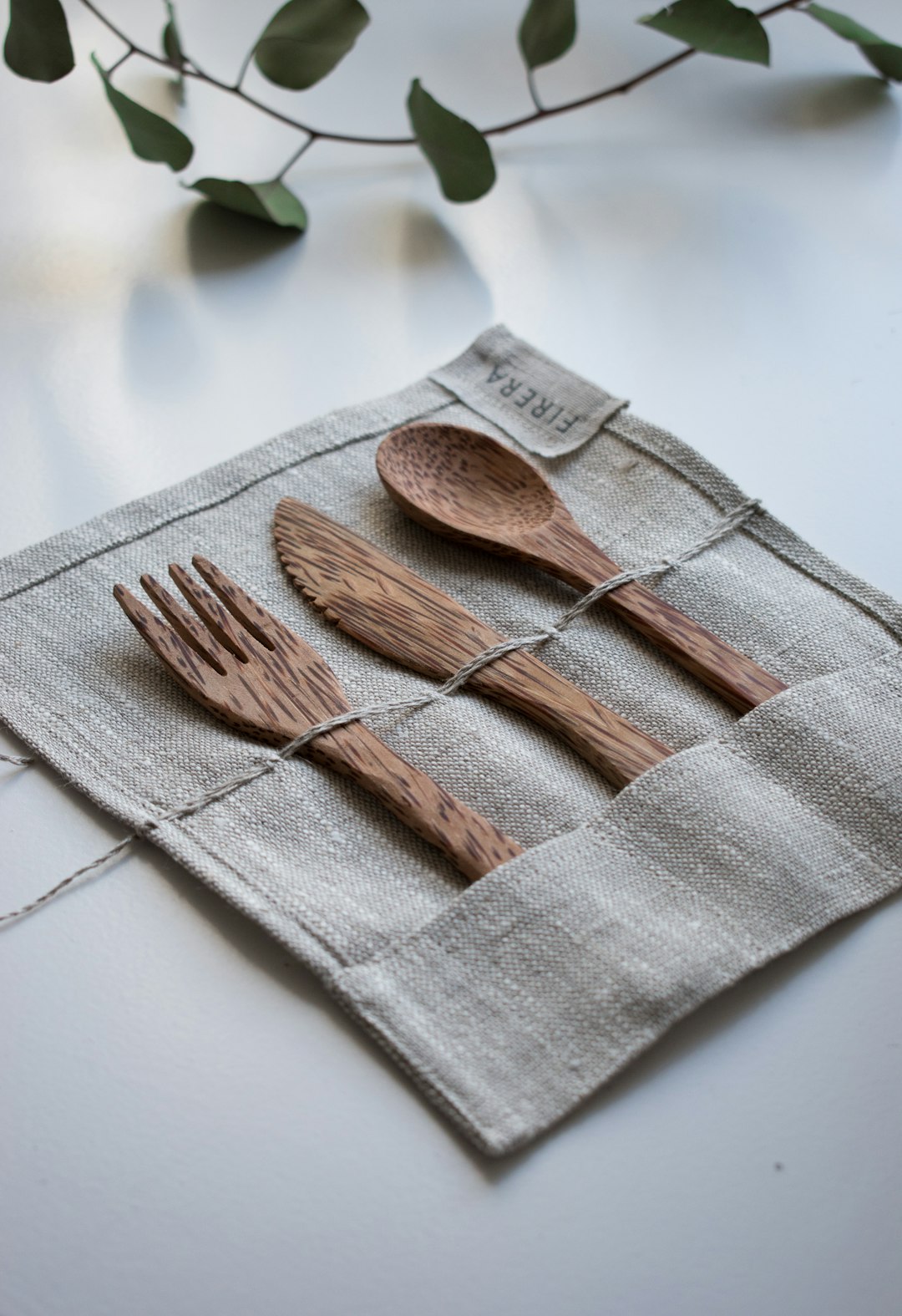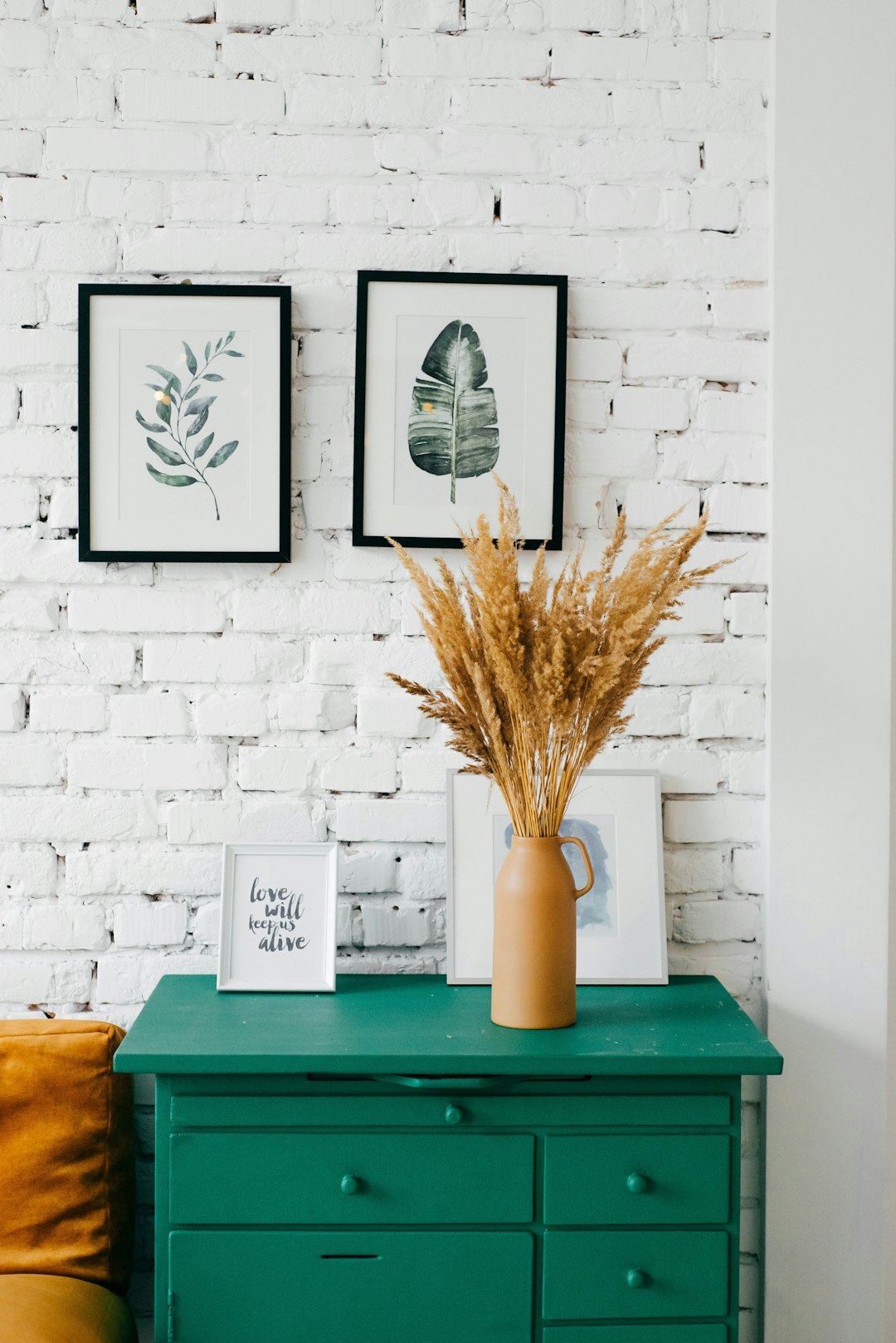The Latest Trends in Home Design and Architecture
Home design and architecture are constantly evolving, and staying up to date with the latest trends can help you create a modern and stylish living space. From sustainable materials to innovative technology, here are some of the top trends shaping the future of home design and architecture.
1. Sustainable Living
With an increasing focus on sustainability, eco-friendly design elements are becoming more prevalent in home architecture. From solar panels to energy-efficient appliances, homeowners are embracing sustainable living practices to reduce their environmental impact and lower energy costs. Incorporating natural materials such as reclaimed wood and recycled glass into home design is also gaining popularity.

2. Open Floor Plans
Open floor plans continue to be a sought-after feature in modern home design. This layout creates a seamless flow between the kitchen, living, and dining areas, providing a sense of spaciousness and connectivity. By removing walls and barriers, open floor plans promote a more social and interactive environment for families and guests.
3. Smart Home Technology
The integration of smart home technology is revolutionizing the way we interact with our living spaces. From automated lighting and climate control to voice-activated assistants, homeowners can now customize their homes for convenience and efficiency. Smart home devices not only enhance comfort but also improve security and energy management.

4. Biophilic Design
Biophilic design aims to incorporate natural elements into the built environment, promoting a connection to nature within the home. This trend emphasizes the use of natural light, indoor plants, and organic materials to create a calming and rejuvenating atmosphere. By bringing the outdoors inside, biophilic design enhances well-being and reduces stress.
5. Minimalist Aesthetics
Minimalism continues to influence home design, with clean lines, neutral colors, and uncluttered spaces taking center stage. This design approach prioritizes functionality and simplicity, creating a serene and uncluttered living environment. Minimalist aesthetics emphasize the concept of "less is more," allowing key architectural features and furnishings to stand out.

6. Outdoor Living Spaces
Outdoor living spaces are increasingly becoming an extension of the home, blurring the boundaries between indoor and outdoor environments. From spacious decks to cozy patios, homeowners are investing in creating inviting outdoor retreats for relaxation and entertainment. Outdoor kitchens, fire pits, and comfortable seating areas are popular additions to these spaces.
7. Flexible and Multi-Functional Spaces
As the way we live and work continues to evolve, the demand for flexible and multi-functional spaces within the home is on the rise. Designing rooms that can easily adapt to different purposes, such as home offices that double as guest bedrooms or convertible dining areas, provides versatility and maximizes the use of space.

8. Industrial Elements
Industrial design elements, such as exposed brick, metal accents, and concrete finishes, are making a statement in modern home architecture. These raw and rugged features add a sense of urban chic and character to interior spaces, creating a visually striking contrast with more polished and refined elements.
By embracing these latest trends in home design and architecture, homeowners can create a living environment that reflects their personal style while incorporating innovative and sustainable elements for a modern and functional home.
